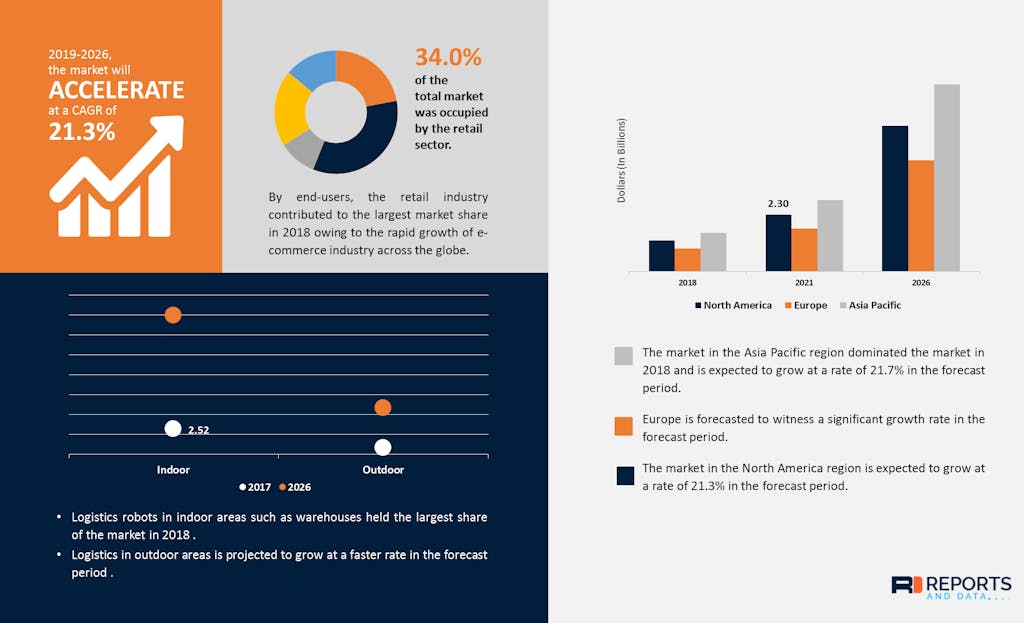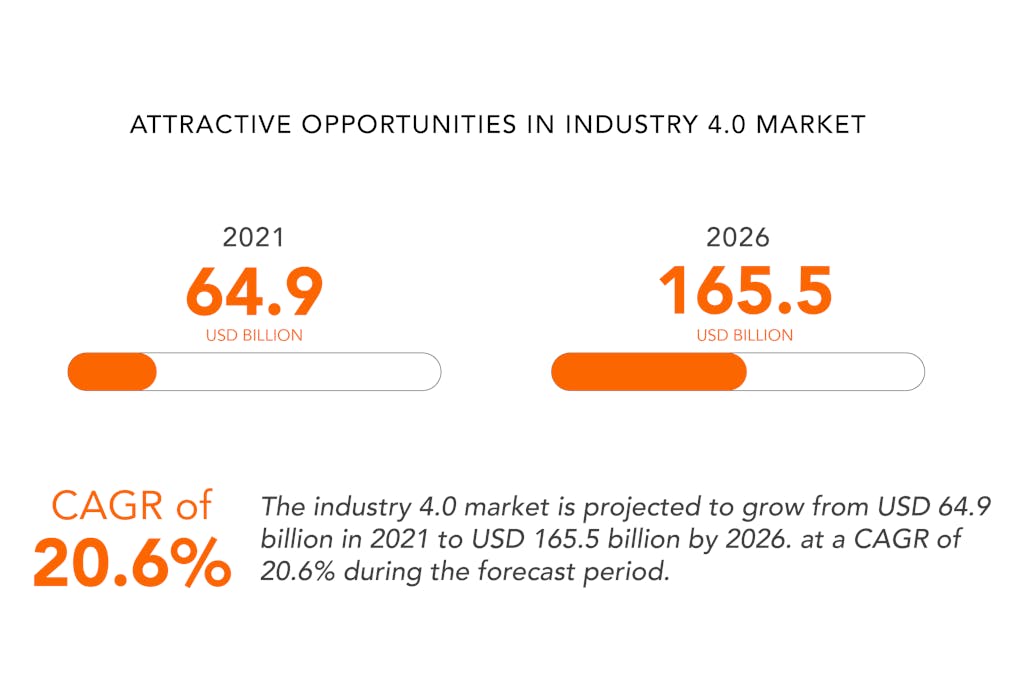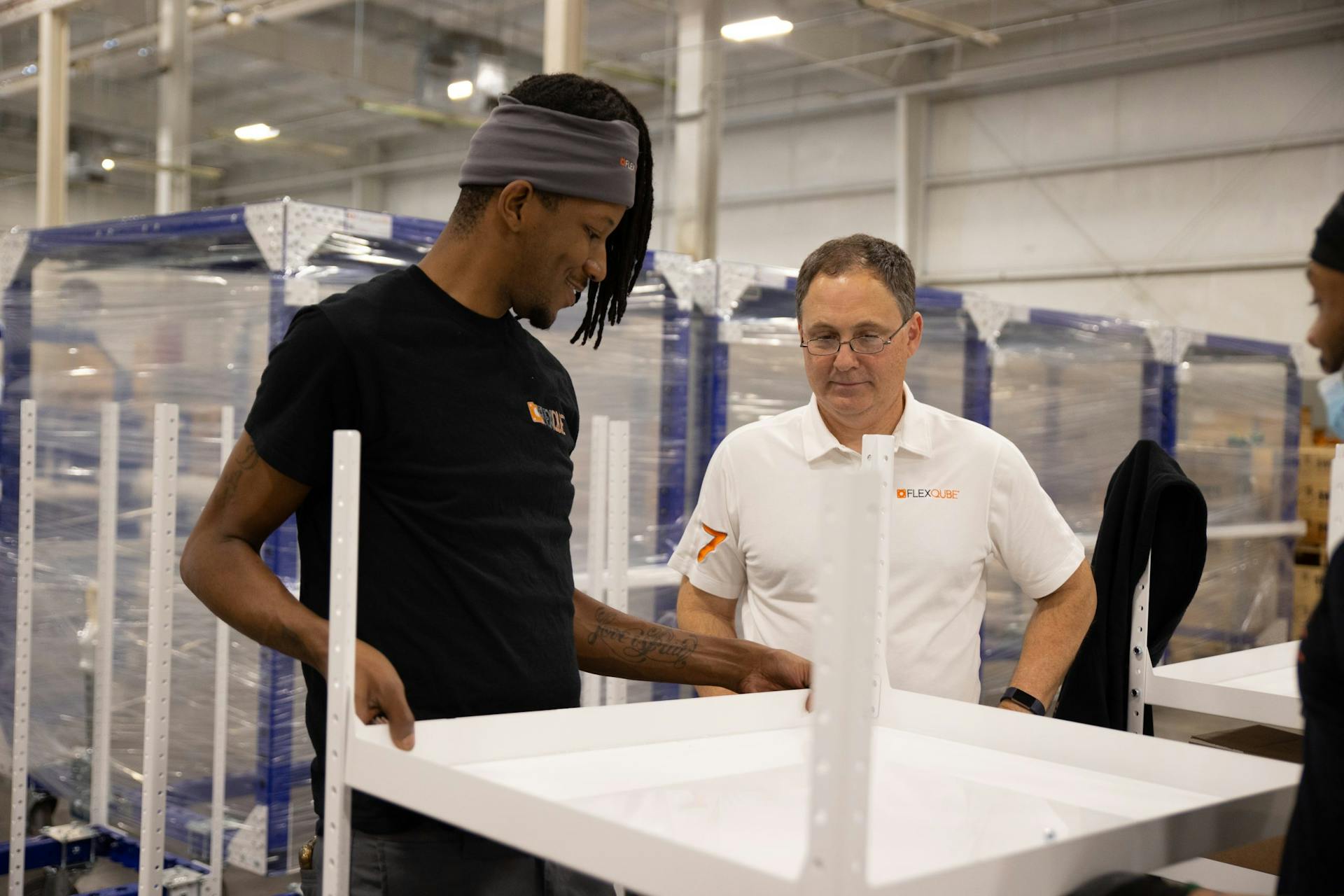
We are FlexQube
- About FlexQube
- Business Idea & Strategy
- Products
- Customers
- Market & Trends
We exist to make our customers world leaders in intralogistics.
OUR STORY
The story of FlexQube began over 30 years ago in central Sweden when three boys developed a love for playing with Lego®. As they grew up and started their professional careers that love of being able to build something together never left them.
While working for a global manufacturer of construction equipment, one of the founders noticed that materials management wasn’t keeping up with modern demands. The industry norm of welded solutions wasn’t adaptable enough for the constant change that the industry was experiencing. The FlexQube idea was born.
FlexQube’s business idea is to develop and offer a flexible system with few standardized components for safe, ergonomic, and cost-efficient logistics. Since 2010, we’ve helped factories and manufacturers worldwide create a more productive, safe, and ergonomic material handling. With innovation, dedication, and a future-proof concept, we are committed to our mission; to make our customers world leaders in intralogistics.

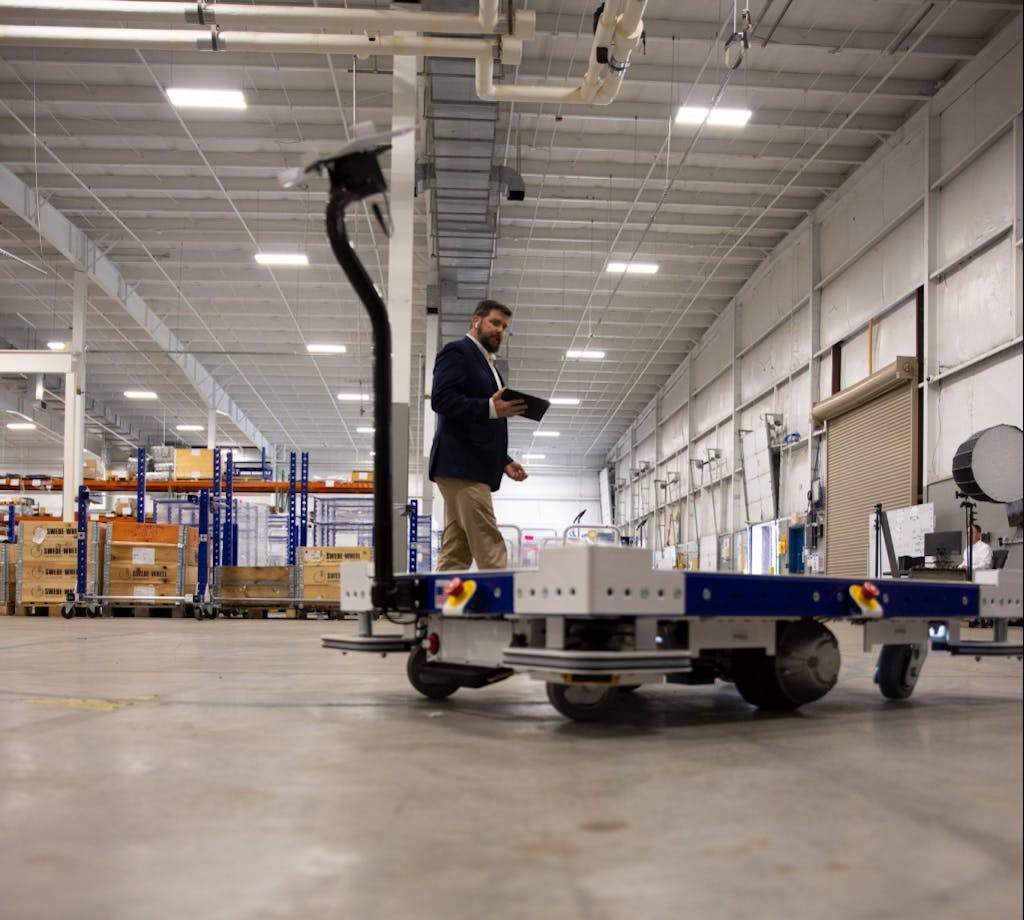
FROM MECHANICAL TO DIGITAL
The biggest transformation in the company’s history began in the same year as FlexQube was listed on Nasdaq First North in Stockholm in 2017. A transformation from mechanical products to products with advanced electronics and software. The project, which was christened FlexQube 4.0, was started with the aim of bringing motorized, self-drive carts to market. Three years later, our first FlexQube 4.0 concept is fully developed; the eQart. The mechanical FlexQube building blocks have been supplemented with smart modules such as motors, batteries, sensors, and controllers.
With the eQart, we have created a whole new product segment within the accelerating logistics automation market. Modular and flexible carts, which are available in different sizes and applications, and come with various degrees of self-drive capability. The eQart makes our offering unique and we are ready to take the next step in FlexQube’s history.
Consumer demand for unique products and the e-commerce trend have pushed internal logistics high up on many companies’ agendas. Good internal logistics is the key to a high level of efficiency. Given the growing amount of internal logistics, it is only natural that interest in automation is growing, and that the use of logistics robots in warehousing, distribution, and manufacturing is expected to increase rapidly. In truth, however, the implementation has barely begun. If you visit a factory today, forklifts and trains are still used as the primary means to move materials.
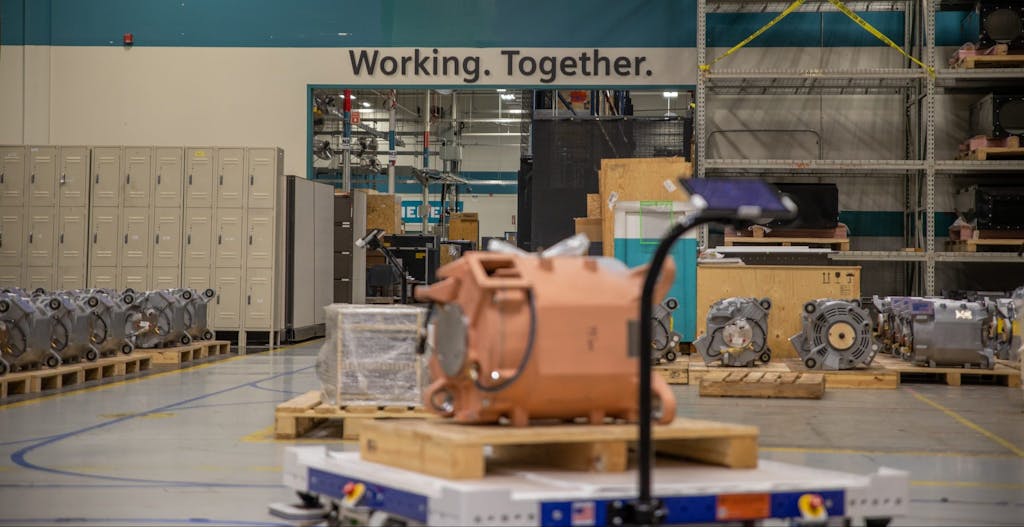
Although pilots and tests are being carried out, the full-scale implementation has yet to take shape. The big journey still remains ahead of us and it will be a challenge both for those who deliver the technology and the customers who implement it. Our conviction is that the transformation must be a step-by-step process. We believe in flexible solutions where the customer can gradually increase their level of automation and have the freedom to find the right solution for the right application.
Where would you like to go next?
Why Invest / Business Idea & Strategy
Idea & Strategy
OUR VISION
We move material in every factory and warehouse in the world.
OUR MISSION
We exist to make our customers world leaders in intralogistics.
Business
FlexQube is a global supplier of flexible and robust industrial carts in the field of material handling.
The Group was founded at the end of 2010, with sales starting in the second half of 2012, and has in a short period of time secured a large number of prominent companies as customers. Standardized interfaces and modular building blocks allow for a unique, efficient, scalable design process where customers have access to unique future-proof cart solutions.
Material presentation and transport with the aid of configurable carts creates, among other things, more efficient material flows, fewer accidents with forklift trucks, and improved ergonomics and environment.
Currently, FlexQube’s sales organization focuses on Europe and North America, with manufacturing in Gothenburg, Sweden for the European market, and in South Carolina, USA, for the North American market.
At the beginning of 2020, a strategic decision was made to start collaborating with distributors around the world to reach more markets.
Idea
FlexQube’s business idea is to develop and offer a flexible system with a few standardized components for safe, ergonomic, and cost-efficient logistics.
We see all of our customers and suppliers as partners. That’s why it’s essential for us always to make sure our products are of high quality and the contact with our staff is transparent and rewarding.
Strategy
Innovation and product development are important areas for FlexQube. Developments in logistics and automation are gathering momentum and the interest in automation solutions is steadily increasing among FlexQube’s customers. FlexQube tries to work closely with its customers and build partnerships with market-leading technology providers to ensure the value of the new innovations, while constantly monitoring trends and technological developments.
Focus on increased brand awareness.
Why
Participation in more, and bigger, procurements. A hygiene factor for a small, newly started company.
Impact on growth/profitability
Winning large reference projects is important for future procurements and new customer sales.
Be a leader in concept and technology development related to intralogistics.
Why
Create trust in our capacity for both innovation and becoming a long-term intralogistics partner for our customers.
Impact on growth/profitability
Increase the chances of larger framework agreements and becoming a global supplier to large groups. Building a vision for the future together with our customers is an order winner and makes it possible to maintain a higher price level.
Improve scalability in our supply chain.
Why
Be able to offer our concept with even shorter lead times for larger volumes in both Europe and North America, but also create a model for establishment in other markets.
Impact on growth/profitability
Short lead times give us the ability to win new business. Exploit the fact that we have standardized fundamental concepts, which with good planning give scope for improved profitability.
Work toward an increased gross margin to ensure profitability and positive cash flow.
Why
Achieve an improved level of profitability to give scope for investments in both the organization and product development. The company is starting to reach such volumes where we will be able to achieve positive results without reducing ongoing investment.
Impact on growth/profitability
Economies of scale from a volume increase, together with improved production methods, mean relatively large improvement potential for the gross margin. Positive results will create the conditions for even greater investment going forward.
Where would you like to go next?
Why Invest / Products
Products
Since 2010, we’ve helped over 850 factories, and warehouses worldwide create a more productive, safe, and ergonomic material handling.
The Concept
The FlexQube concept can be divided into hard and soft products. The hard products are the building blocks and the customer-unique carts that are built using these blocks, while the soft products are system tools and processes for quickly and easily creating the design that the customer needs. FlexQube has developed a toolbox of smart, modular building blocks that are combined to create customer-unique carts for material handling.
FlexQube has four foundational building blocks:
FlexQube®
FlexPlate™
FlexBeam™
FlexTube™
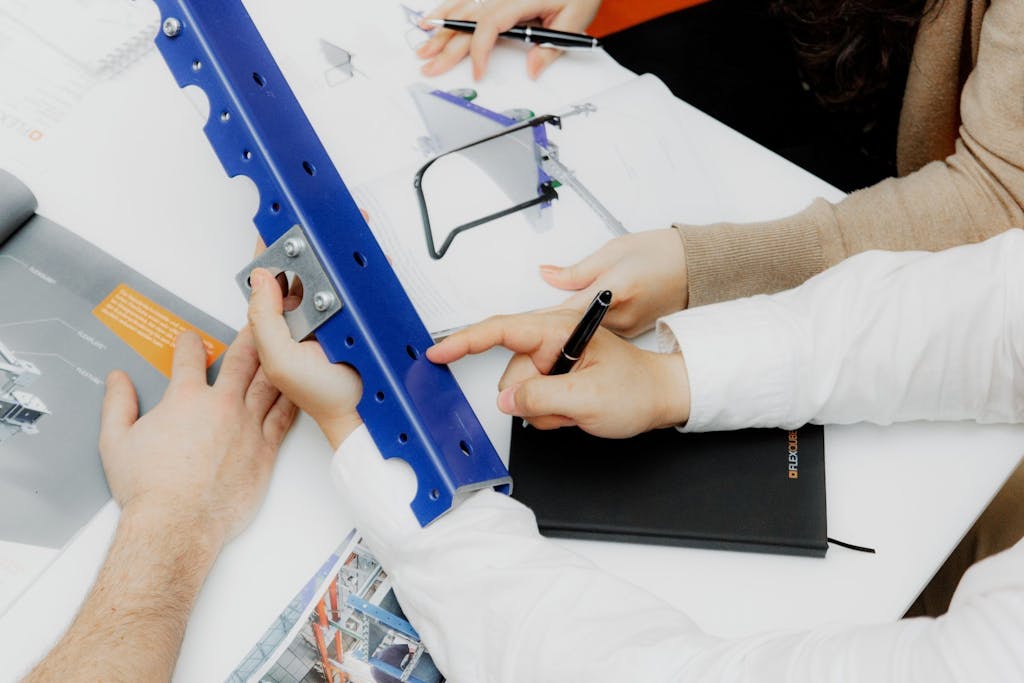

All building blocks are equipped with FlexQube’s standardized interfaces (couplings), which are used to connect the building blocks with one another. No matter how and which building blocks are combined, the same interface is always created. FlexBeam™ and FlexTube™ come in different lengths to make it possible to create different-sized carts. The lengths are also standardized and come in intervals of seven centimeters; the blocks are based on a modular conception where it must always be possible to combine all building blocks with one another.
Our Products.
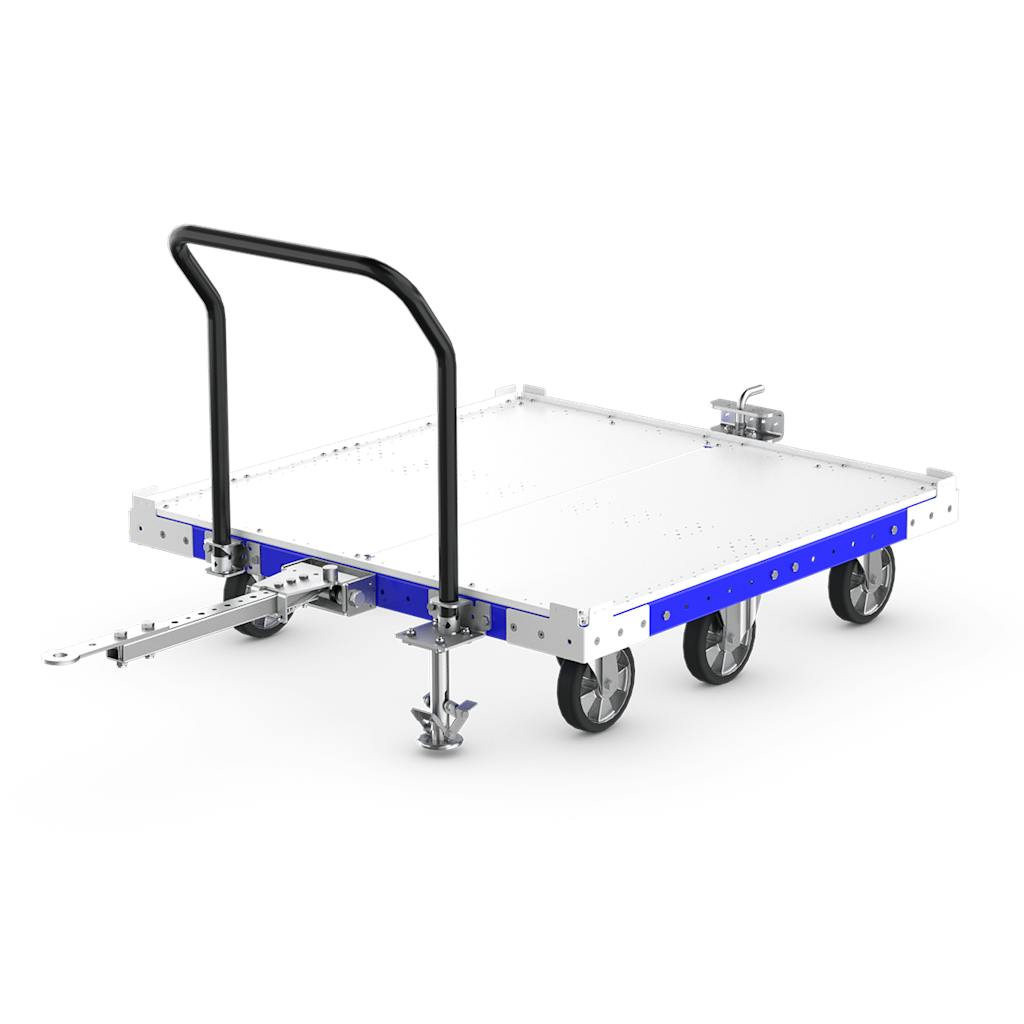
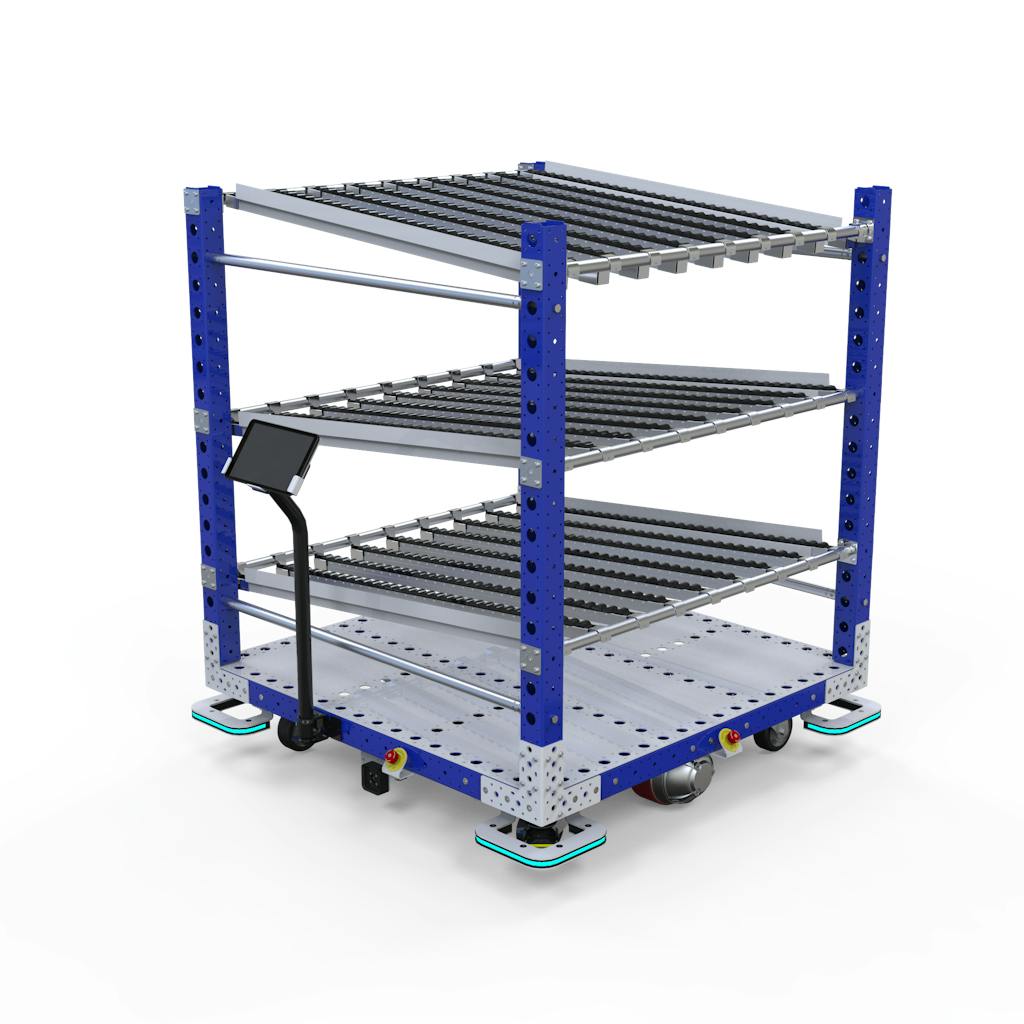
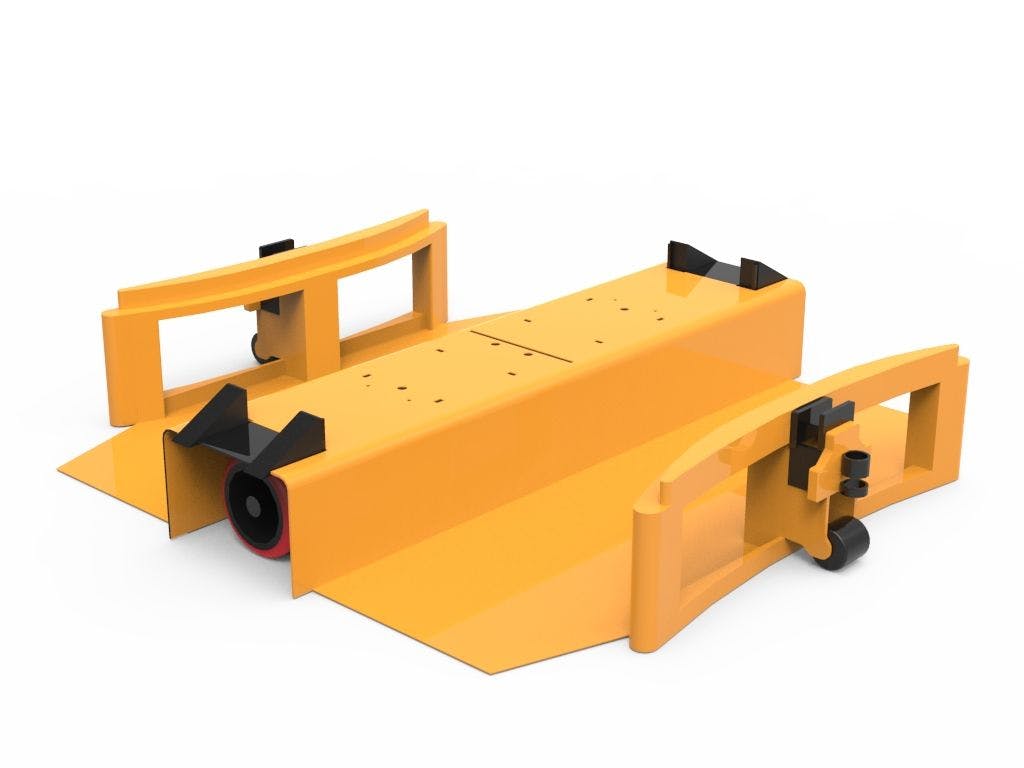
Carts
FlexQube is the world’s first global and flexible concept for internal material handling carts. Instead of welding carts together you can use our concept to bolt carts and racks together. This makes them adjustable and possible to re-configure.
eQart
By keeping the original FlexQube concept and complementing it with smart modules, we can offer a flexible, affordable, and user-friendly automation concept.
LiftRunner Frames
The STILL Liftrunner system is one of the premier global tugger train systems, which can be easily adapted to a wide range of environments. Because of our flexible concept, we can design any cart to fit any of the LiftRunner frames.
FlexQube in focus
Modular concept
The FlexQube concept offers standardized building blocks specifically designed with material handling carts in mind. This ensures that function and performance are optimized for the tough environment to which the carts are exposed.
Autonomous carts
The eQart is designed to be the operator's best friend, and it is extremely easy to maneuver thanks to a large, clear, ergonomic screen supplied with each cart. The eQart is not a specific size or cart, but rather a concept that enables all FlexQube carts, both new and existing, to become smart.
Design standard
FlexQube's carts are designed using a step-by-step process with standardized choices at every step. This makes it easy to develop quality-assured solutions, even though each cart looks different and has different functions.
Expert in material handling
By working with many different customers in different industries and regions, FlexQube is building up a large knowledge bank. FlexQube gathers all solutions in its SolutionsLibrary™, which is available to all customers via FlexQube's website. The more solutions that are generated, the larger the knowledge bank and the greater the likelihood of finding a cart that already has a design that meets a customer requirement. In addition to the SolutionsLibrary™, FlexQube has a high level of knowledge concerning logistics development, strategies for this, and what the future trends are.
Scalable and global concept
Thanks to FlexQube's standardized building blocks and standardized design process, sales can be established quickly in new markets. A design can be created for a customer regardless of geographical location, and the concept makes it possible to send FlexQube's products unassembled for quick, cheap transportation. Manufacturing and assembly can also be established quickly if necessary.
Simple integration
The factories of the future require interaction between different processes and equipment to create efficient material flows. FlexQube, thanks to its flexibility, can easily create carts that can be integrated with equipment from third parties. This applies above all to tugger vehicles, mother-daughter trains, and solutions for automatic material robots, which are the most common integrations.
Where would you like to go next?
Why Invest / Customers
Customers
FlexQube’s customers are found in different industry segments and regions. In total, FlexQube has an active customer base of more than 850 customers in over 35 different countries.
Segments
Manufacturing of wind turbines and other energy related products
Manufacturing of defense equipment
Manufacturing of appliances and electronics
Storage and distribution of goods
Manufacturing of medical equipment
Manufacturing of construction and industrial machinery
Some of our customers

CASE / SIEMENS MOBILITY
Siemens gets started with automation!
FlexQube licensed dealers McGee Storage & Handling, based in Atlanta, introduced the FlexQube team to the Siemens managers. Following this first introduction, FlexQube & McGee were able to present the eQart product to the Siemens team to solve the challenges they were facing.
Read the whole case studyWhere would you like to go next?
Why Invest / Market & Trends
Market & Trends
The industries and segments that FlexQube operates in are undergoing major challenges in the field of material handling, with today’s consumers expecting more products and variants to choose from.
The paradigm shift, called ”mass customization”, began in the late 1980s and has since developed into a situation where the number of products and variants on offer has increased significantly.
The mass customization phenomenon drives a huge need for products offered by FlexQube, such as the need to switch from truck-based to cart-based material handling, as the demand for reliable and frequent transports increases.
In addition to this paradigm shift, there is global uncertainty, rapid changes in volume and mix, and rapid technological development, imposing greater demands on flexibility and the ability to re-configure the carts. A customer who invests in FlexQube’s carts should know that they are future-proof and have created the right conditions for building an automated plant or warehouse.
FlexQube’s goal is to help its customers improve their internal logistics and achieve this by creating unique material carts with modular building blocks, an innovative design process, and a high level of intralogistics skill.
eQart
Increased need for a systems approach
Consumer demand for unique products and the e-commerce trend have pushed internal logistics high up on many companies’ agendas. Good internal logistics is the key to a high level of efficiency. For example, a plant that manufactures cars has changed from primarily assembling cars more towards handling and preparing the material to be assembled. The complexity is huge, with different colors, drive lines, stylings, and a large number of extra items of equipment to choose from. Components for building cars must be prepared and picked from a warehouse and then delivered to the right place at the right time. The material must also be presented in a way that enables efficient, ergonomic selection.
Given the growing amount of internal logistics, it is only natural that interest in automation is growing, and that the use of logistics robots in warehousing, distribution, and manufacturing is expected to increase rapidly.
In truth, however, the implementation has barely begun. If you visit a factory today, forklifts and trains are still used as the primary means to move materials. Although pilots and tests are being carried out, the full-scale implementation has yet to take shape. The big journey still remains ahead of us and it will be a challenge both for those who deliver the technology and the customers who implement it. Our conviction is that the transformation must be a step-by-step process. We believe in flexible solutions where the customer can gradually increase their level of automation and have the freedom to find the right solution for the right application.

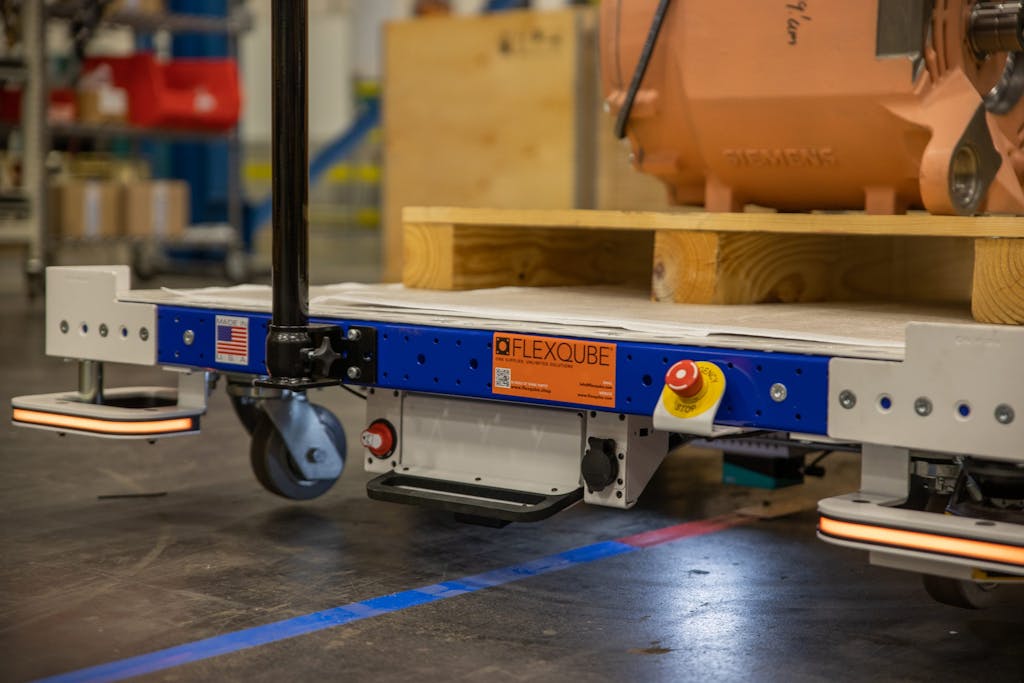
FlexQube should be a leader in approaching internal logistics as a system. Simply described, internal logistics consists of two subsystems that need to work in tandem.
1. a load carrier that contains the goods being
transported on site, e.g. a cart.
2. a transport device for moving the load carrier, such as a forklift, a towing train, or an AGV.
Interaction between these is crucial for the customer to have a functioning system. We see countless examples of customers buying technologically-advanced robots from one supplier, load carriers from another supplier, without having any clear responsibility for the overall solution. The outcome will be a non-functional solution where a lot of focus must be placed on the technical integration rather than on what really counts; that the material is delivered reliably and efficiently and creates real value for the users.
At present, few companies can offer a systems approach where both transport and load carriers are included in the same product offering. People are either experts in load carriers or in transportation. This puts FlexQube in a unique position. Since 2010, we have delivered nearly 35,000 carts in 3,500 different configurations, created with our patented building block concept. I am confident that very few companies, if any, have the know-how about material presentation that FlexQube has. We are a world leader, with broad experience in many different industries including manufacturing, warehousing, distribution, and e-commerce.
We can also offer the customer a wide range of different transportation options for the carts. Our smart eQart modules transform traditional FlexQube carts into self-driving robots. Through partnerships, we can offer complete systems with FlexQube carts integrated with different variants of traction trains.

Focus on the future
Our focus going forward is to create the best system for internal logistics. Both through innovative product development, but also through close partnerships with the best in the industry. We will offer a complete system with cart and transport solutions living in symbiosis. This will give the customer the most reliable and most efficient logistics system in the market. A customer who invests in FlexQube’s carts should know that they are future-proof and have created the right conditions for building an automated plant or warehouse.
Per Augustsson
CTO FLEXQUBE GROUP
PRe covid-19
By Reports And Data
Logistics Robots Market To Reach USD 18.58 Billion By 2026
The logistics robots market is projected to register a CAGR of 21.3% in terms of value, from 2019 to reach USD 18.58 Billion by 2026. Logistics robots are used to automate the process of storage and movement of goods as they pass through the supply chain. These robots are often used in warehouses and storage facilities to organize and transport products, but they may be deployed in applications as well.
post covid-19
By MarketsandMarkets
COVID-19 impact on the Industry 4.0 Market
The outbreak of the COVID-19 pandemic has significantly impacted the major countries contributing to the Industry 4.0 market. Various regions are still affected, and governments in these regions are responding to the pandemic in different ways. With the COVID-19 pandemic continuing to rage in North America and developing Asian countries, the manufacturing sector is facing tremendous challenges. The US automotive industry, one of the world’s largest, has been stagnating since the 3rd quarter of 2020. The decreasing demand has caused various automotive companies to downsize their manufacturing activities across the region, rendering useless automation technologies such as IoT, AI, and Blockchain employed in these manufacturing units. Mexico is a big beneficiary of the automotive industry in North America. However, since automobile production has been significantly reduced, the Mexican automotive sector is also suffering a tremendous loss.
Industry 4.0 Market by Technology and Geography - Global Forecast to 2026
The industry 4.0 market is projected to grow from USD 64.9 billion in 2021 to USD 165.5 billion by 2026; it is expected to grow at a CAGR of 20.6% from 2021 to 2026.
The key factors fueling the growth of the industry 4.0 market include rapid adoption of Artificial Intelligence (AI) and Internet of Things (IoT) in manufacturing sector, increasing demand for industrial robots in pharmaceutical and medical device manufacturing sector, rising government investments in 3D printing and additive manufacturing, and growing adoption of blockchain technology in manufacturing industry. Additionally, increasing application of AI and IoT in medical wearables is expected to create a growth opportunity for the industry 4.0 market.
Where would you like to go next?
- About FlexQube
- Business Idea & Strategy
- Products
- Customers
- Market & Trends
FlexQube Group
FlexQube Group is a technology company headquartered in Gothenburg, Sweden with subsidiaries in USA, Germany, and England. FlexQube offers solutions for cart-based material handling using a patented modular concept. FlexQube develops and designs customized solutions for both robotic and mechanical cart logistics.
